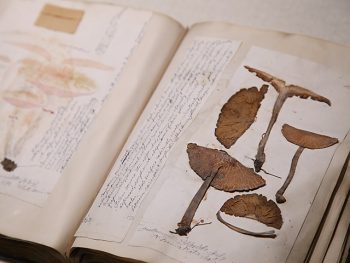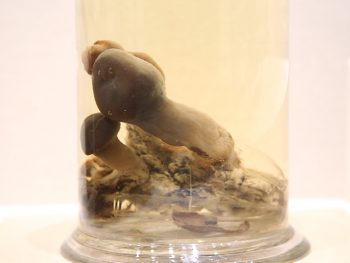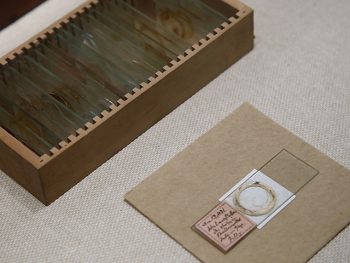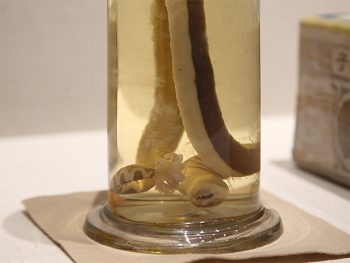The study of cryptogamic plants (especially fungi, slime molds, and fresh-water algae) was one of the life-long researches of Kumagusu. From childhood, he soaked up knowledge about plants from books and in the fields. At the age of 17, he knew of the existence of the collection of 6,000 specimens of fungi in the U.S.A., and was determined to collect more than that in Japan.
Kumagusu began collecting plants seriously while staying in the United States, and when he returned to Japan, he put his research efforts into cryptogams and other plants. Minakatella longfilia, a slime mold which he discovered in his own garden, was described as a new species.
He continued to increase his collection of specimens through his life. However, he was not able to publish his collection of Japanese fungi within his lifetime.
|
|



